Bono spoke with Trains News Wire Saturday, while riding a chartered Providence & Worcester passenger train that provided a board room for Boston Surface Railroad’s annual Board of Directors meeting. The seven-member Board had met privately in P&W’s lounge car shortly after the train departed Worcester Union Station at 9 a.m. Also along for the ride were approximately 60 family members and friends of Boston Surface’s board and employees. And, having a five-car train scheduled to make an eight-hour trip over 174 miles of Providence & Worcester freight lines and Amtrak’s Northeast Corridor, Bono took the unusual step of offering seats to the public at $50 a seat. About 100 private, paying customers purchased a ticket.
Bono has a technology background, but his consulting firm serves railroad clients, and he is confident that Boston Surface Railroad’s proposed service between two major cities will be successful. Boston Surface Railroad Co. plans on 100-percent farebox recovery, with no public subsidies.
“Our job is to serve an existing commuter base,” Bono says. He explains that Worcester is New England’s second-largest city and Providence is the region’s largest growing job market. Currently this city pair is served directly only by infrequent bus service. A rail trip involves a round-about 89-mile routing via Boston on Massachusetts Bay Transportation Authority trains.
Bono cites research that shows 8 to 15 percent of commuters who drive distances of 45 miles, or have a commute time of more than 45 minutes, will use rail if it is available. He is counting on those numbers, as well as traffic data that show 12,000 people currently commute the 44 miles from Worcester to Providence each day, and an additional 15,000 who make the shorter 16-mile trip from Woonsocket to Providence. The main highway connecting Worcester, Woonsocket, and Providence is Massachusetts and Rhode Island Route 146, a four-lane road with traffic lights punctuating the journey. Eighty percent of the travel time on this route is over the short segment between Woonsocket and Providence. The 16-rail miles between Woonsocket and Providence would see two daily round trips beginning next year, Bono says. Providence & Worcester crews would operate the trains.
“While no material agreements have been reached, both [railroad companies] are excited about the prospect of running commuter service between New England’s second and third largest cities and continue to work together to evaluate each and every aspect of the proposed service to work towards that goal,” says Providence & Worcester general counsel Charles D. Rennick. Bono calls P&W “a very supportive partner.”
Boston Surface officials say they will lease rolling stock for the new service. Bono says that he is considering secondhand EMD F59 locomotives, and that there are sources of available single-level coaches. Although the initial Woonsocket service will not require the full eventual roster, Bono plans to acquire sufficient locomotives and cars so that he has what he calls a “homogenous” fleet. Each train is expected to include a food service car.
Bono hopes to roll out full Worcester-Providence service, with three daily round trips, in 2018. Initial one-way travel time is planned to be 85 minutes. Bono says that the best time by car is just 57 minutes, but that can increase whenever there is any traffic problem. He already has received approval from the Worcester Redevelopment Authority to construct a high-level platform along the Providence & Worcester tracks at Worcester Union Station — on the opposite side of the station used by Massachusetts Bay Transportation Authority commuter trains operated by Keolis Commuter Services. A high-level platform will be constructed at Woonsocket Station, which now serves as Boston Surface’s headquarters. A remaining challenge is arranging to use Amtrak’s Providence station.
“Amtrak has been incredible supportive,” Bono says.
Providence & Worcester’s freight route through Providence station does not have a passenger platform, so Boston Surface trains initially would need to make a back-up move to reach active platforms already used by Amtrak and MBTA trains. Bono hopes that current track arrangements can be modified to permit direct access. A passing siding will be necessary midway on P&W’s single-track Worcester-Providence line. Both projects would be paid for by Boston Surface, Bono says. Based on train speed during Saturday’s trip, upgrades will be necessary over much of the P&W route to permit higher passenger train speeds, a further cost to be incurred by Boston Surface Railroad.
On the final lap of Saturday’s trip, the Boston Surface Railroad chartered train made its only stop of the day at the former New Haven Railroad Woonsocket station. If all goes as Bono plans, this will be where his company’s first trains will originate in 2017. He says that the railroad will share the facility with a coffee shop, a chiropractor’s office, a massage therapist, and possibly a law office.





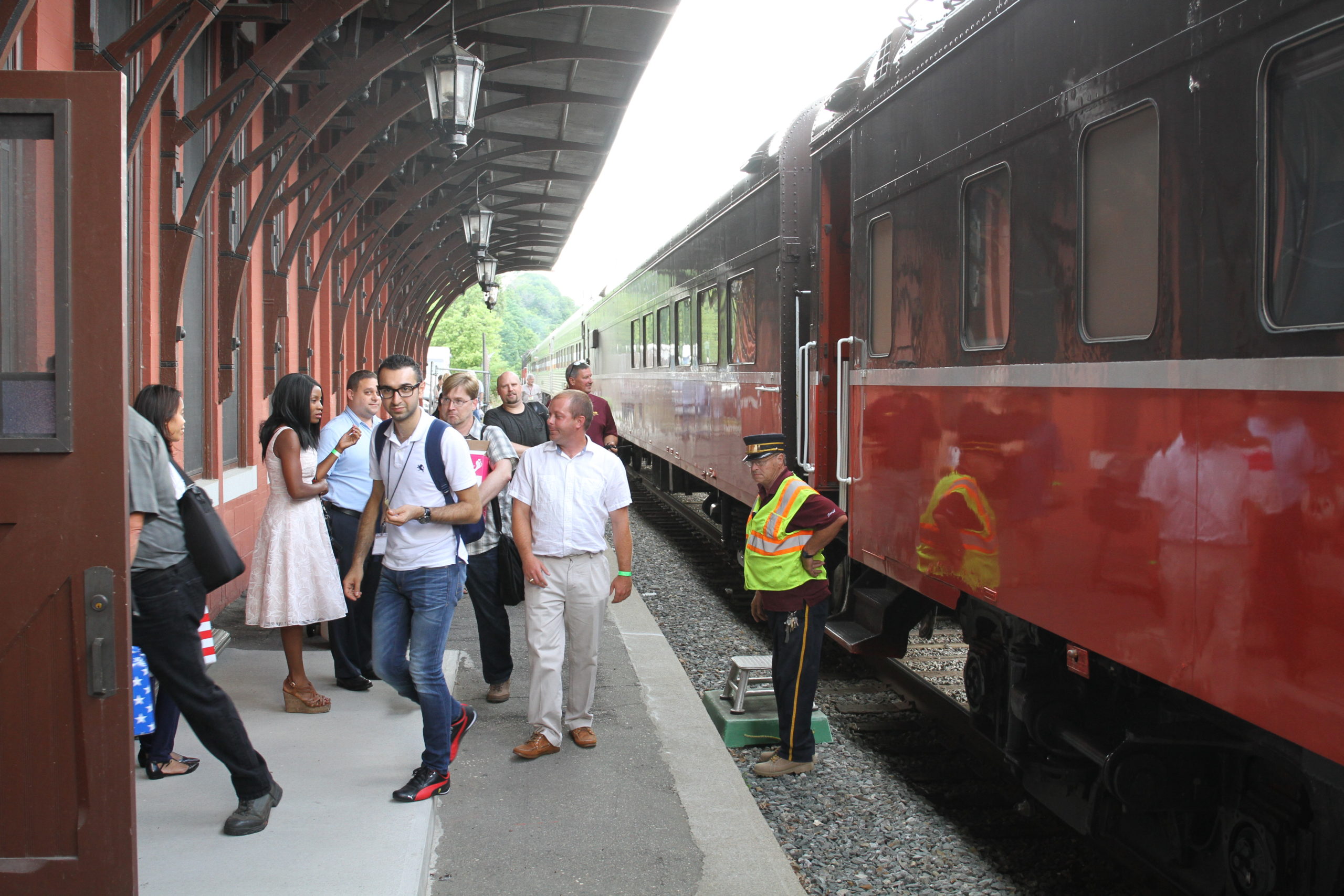

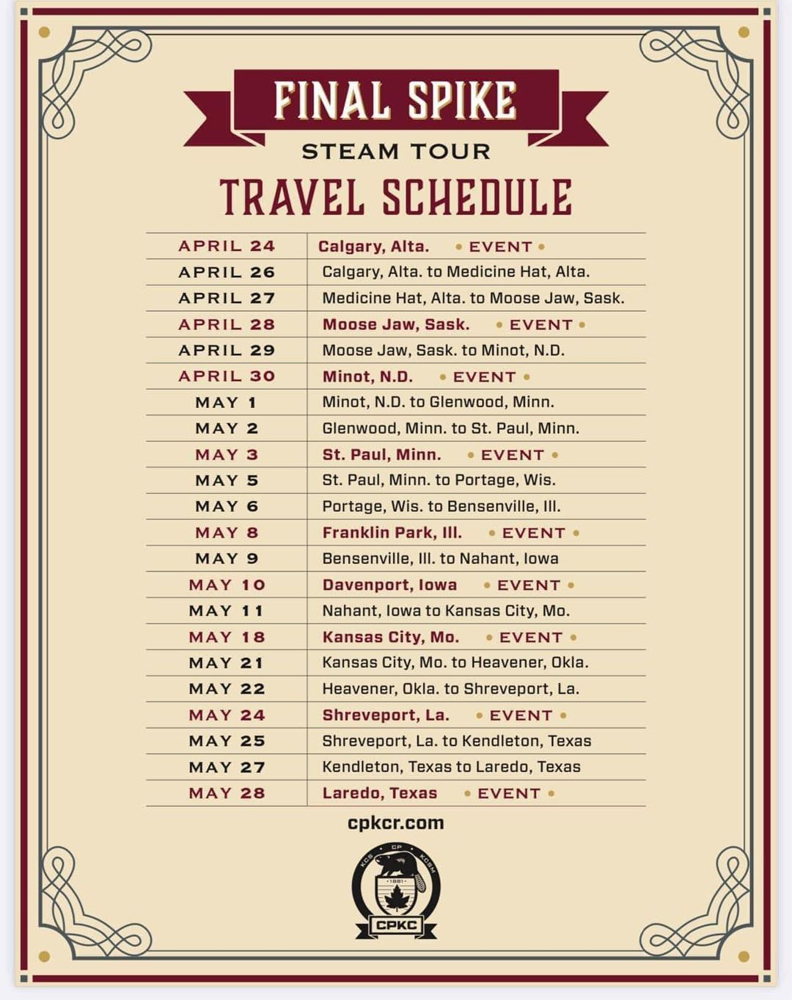
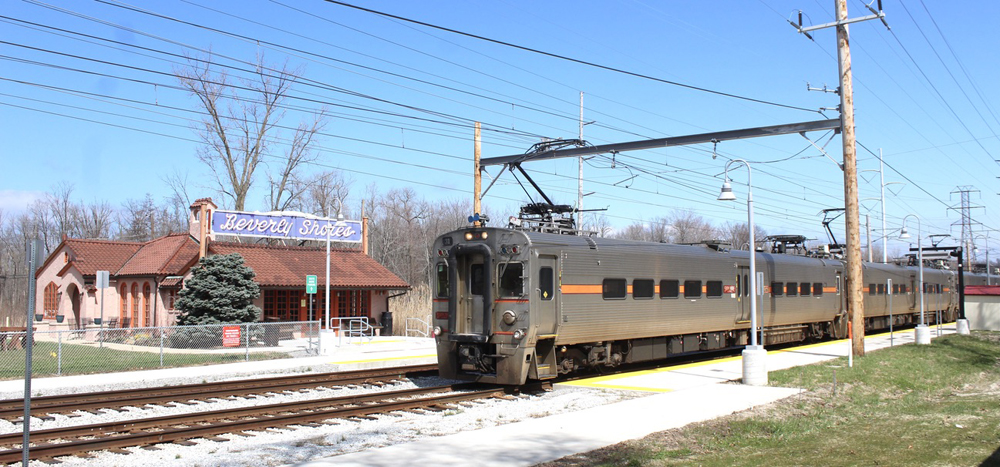
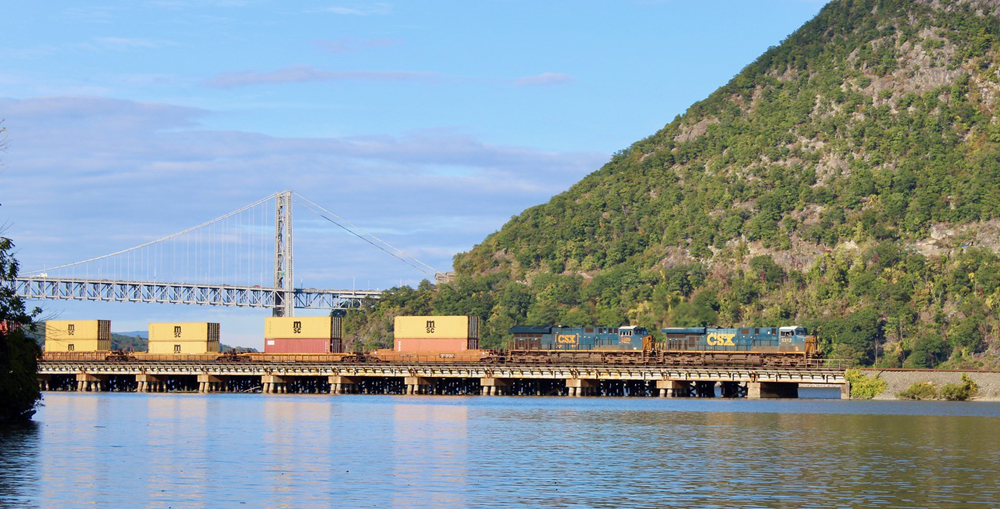
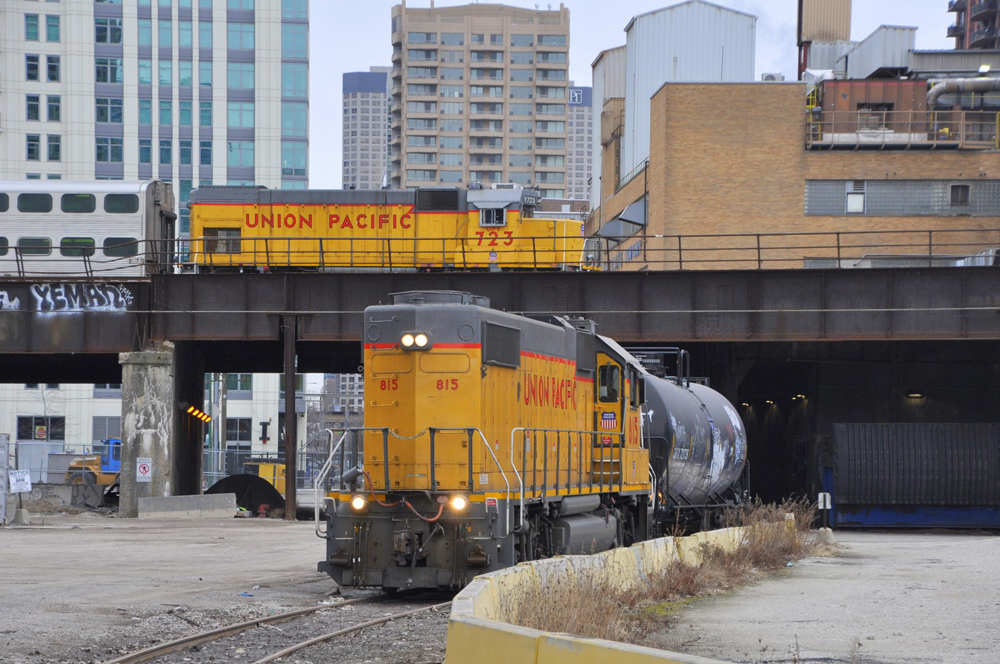




The CEO of Peter Pan bus firm is going to be very busy lobbying on Beacon Hill, as he is already pushing back on any proposal to provide fast, frequent rail service between Worcester-Boston.
Boston Surface Railroad apparently appreciates how mobility and economic development go hand-in-hand, particularly for Western Massachusetts. This is a viable corridor with currently unmet service needs that only rail can provide–at far less cost than constructing a mile of highway.
Mr. Keating; good thought, but I’d rather see some RDCs saved, as they are on ‘death row’. The CO DMUs might work on an Edmonton-Calgary, AB restoration of service. Anyone know what happened to the RDCs Oregon had a few years back?
Mr. Bono: You might also look into the diesel MU’s that South Florida’s Tri-rail bought from Colorado but wound up not using. They will probably come cheap.
Mr. Bono; it might be worth your while to look into rescuing some of the Budd RDCs, facing scrapping, that are languishing in Moncton, NB. They would obviate any back-up moves. An RDC-2 would make a nice bar/snack car. No need, immediately, for high-level platforms. Best of luck!
Commuter service is heavily price sensitive and somewhat frequency sensitive. A high price and few trains would suggest ridership numbers a lot lower. Still, they only need enough to make it work.
12,000 auto commuters a day is a *very* low number compared with most markets served by commuter trains. But again, they only need enough.
FRA has been giving PTC exemptions for passenger routes with up to two trains a day each way. I believe I read that 3 trains each way were planned, so scaling back to two trains each way might not be such a big issue.
I wish them the best.
Christopher
That reverse move in and out of PVD Union Station is a deal-breaker for me. Either Mr. Bono and his associates arrange for the head-in/head-out track and signal upgrades required and put in service before their trains turn a wheel or this is going to be a very expensive failure. And we in the commuter rail/transit community do not need any more high-profile failures.
The thin service levels being proposed do not give one confidence either. And what of a train control system/dispatching center and PTC compliance? I see nothing so far that addresses that.
Mr. Bono, either you are prepared to go big…or you might as well go home.